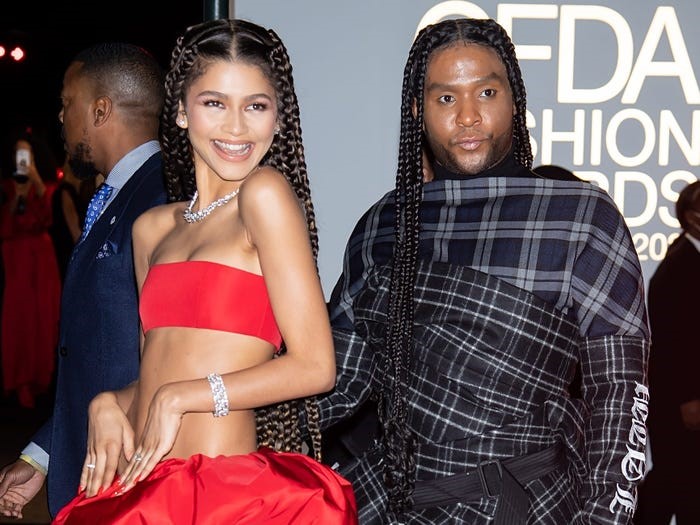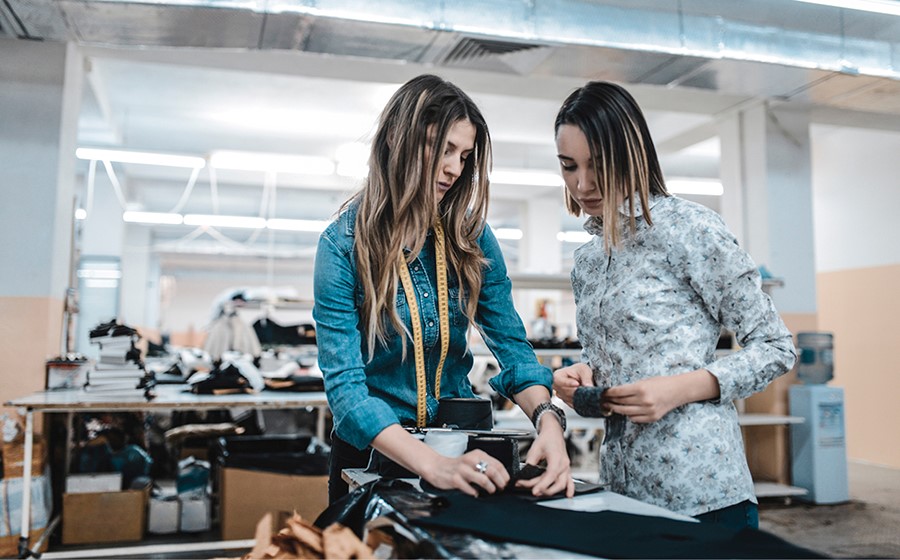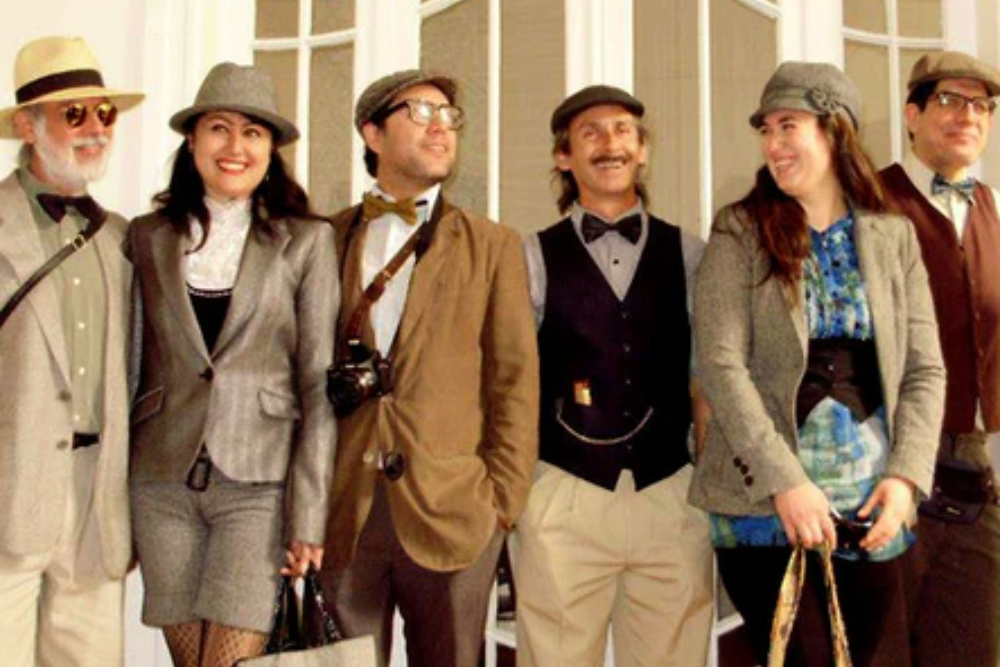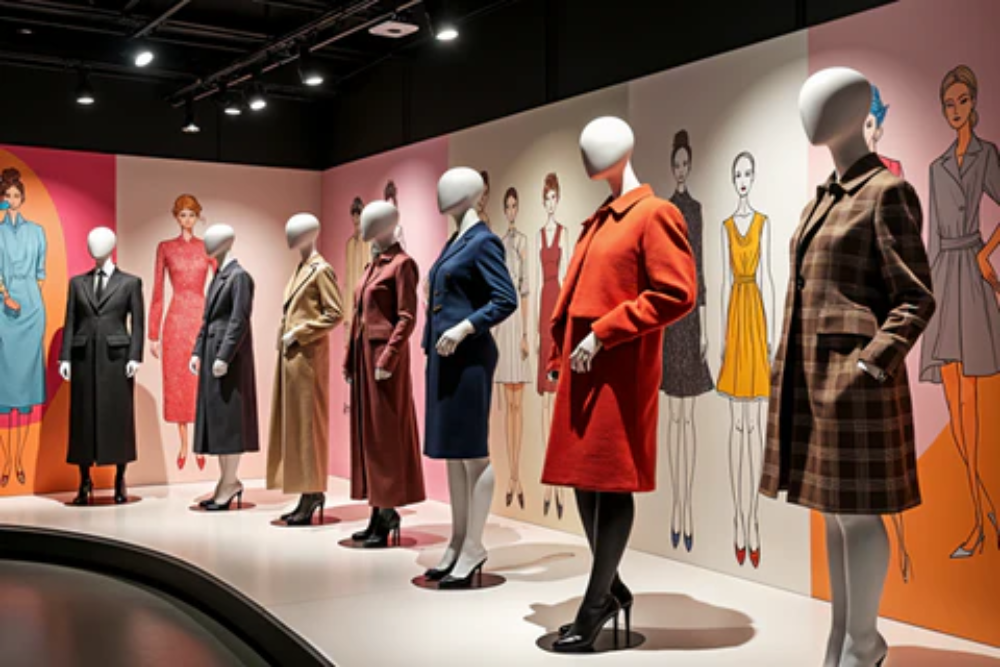Introduction
Since emerging onto the global stage with her 2008 debut album The Fame, Lady Gaga has been much more than a pop sensation. Known for her boundary-pushing music and unapologetically unique style, Gaga quickly cemented herself as one of the most avant-garde fashion icons of the 21st century. From the early days of her career, Lady Gaga’s fashion choices have consistently defied conventions, challenged societal norms, and revolutionized the relationship between music, art, and fashion.
What sets Lady Gaga apart from other celebrities is her ability to fuse high fashion with performance art. Her outfits are not merely clothes—they are statements, expressions of creativity, and at times, social commentary. This article delves into Lady Gaga’s avant-garde fashion evolution, examining how her style has influenced both the fashion industry and pop culture at large.
- The Early Years: A Bold Introduction to Fashion (2008–2010)
Lady Gaga first made waves in the music industry with her breakout hit “Poker Face” and the release of her debut album The Fame. However, it was her eccentric, boundary-pushing fashion choices that truly set her apart and caught the attention of the public and the fashion world. From her very first public appearances, Gaga displayed a fearless commitment to self-expression through clothing.
One of her most iconic early looks was the famous “meat dress” that she wore to the 2010 MTV Video Music Awards. Designed by Franc Fernandez, this raw beef ensemble was a controversial statement that stirred debates about body image, consumerism, and animal rights. Gaga wore it as a protest against the U.S. military’s “Don’t Ask, Don’t Tell” policy, using fashion as a powerful medium for activism.
Alongside her meat dress, Gaga’s early wardrobe included a mix of wild costumes and avant-garde pieces, often crafted by designers such as Alexander McQueen, Nicola Formichetti, and Haus of Gaga, her in-house creative team. Outfits like the futuristic PVC bubble dress and spiky metallic heels helped solidify her reputation as a fashion risk-taker and a symbol of the postmodern avant-garde movement.
- Fashion as Performance: Gaga’s Redefinition of Fashion and Music (2010–2013)
Lady Gaga’s influence on fashion became even more pronounced with the release of her second album, Born This Way (2011). In this period, her fashion became deeply entwined with her music and messages. Her outfits no longer merely accompanied her music videos and performances; they were extensions of the themes she was exploring in her work. Gaga had transcended the role of pop star and entered the realm of art and performance.
A standout moment during this period was the release of the “Bad Romance” music video. In it, Gaga donned a variety of avant-garde outfits, including an all-black leather ensemble paired with highly stylized wigs, and a flame-inspired crown. Each look was designed to evoke emotion and communicate the intensity of the song’s message of love, lust, and obsession. Gaga’s costumes were becoming increasingly sculptural, with elements borrowed from haute couture and contemporary art.
During the 2010 MTV Video Music Awards, Gaga wore a custom-made lace dress designed by Giorgio Armani, which featured a dramatic floor-length veil. The outfit was a nod to the high fashion world, blending classic femininity with a modern, edgy twist. This period marked Gaga’s ability to marry fashion with conceptual performance art, blurring the lines between music videos, fashion shows, and live performances.
- Art, Gender, and Fashion: Gaga’s Political Statements (2014–2017)
As Gaga’s career evolved, her fashion choices became even more politically charged. Her outfits were no longer just about aesthetics; they were powerful forms of expression and activism. During the years 2014–2017, Gaga made bold statements about gender, identity, and societal norms, using fashion as a vehicle for these messages.
In 2016, she took the stage at the Super Bowl 50 halftime show, where she wore a custom red-and-blue Versace ensemble. This outfit was seen as a symbol of patriotism, as she performed a stunning rendition of the U.S. national anthem. Her fashion choices during this time combined glamor with political undertones, often conveying messages of unity and self-expression.
In 2015, Gaga famously wore a sleek, black leather ensemble designed by Brandon Maxwell for the Oscars, embracing a more classic look with modern, dramatic flair. This outfit, along with her understated makeup and hair, highlighted Gaga’s ability to play with contrasts—mixing elegant tailoring with unexpected elements.
Moreover, Gaga’s embrace of gender fluidity in her wardrobe further solidified her avant-garde status. She wore men’s suits, vintage-inspired gowns, and sculptural pieces that blurred traditional gender lines. Fashion became one of Gaga’s most important tools for advocating for acceptance and challenging societal expectations of beauty and identity.
- The ARTPOP Era and High Fashion Collaborations (2013–2015)
The release of ARTPOP in 2013 marked a new chapter for Lady Gaga both musically and stylistically. The album and its associated performances were deeply intertwined with cutting-edge fashion collaborations, most notably with Donatella Versace. Lady Gaga’s relationship with Versace was pivotal in shaping her fashion identity during this period, with the designer creating several bespoke looks for her, including a futuristic metallic jumpsuit for the ARTPOP tour.
One of the most iconic looks from this era was Gaga’s platinum blonde bob and architectural, sculptural dress designed by Giuseppe Zanotti. The bold, futuristic silhouette of this outfit captured the spirit of the album, which was itself a fusion of high fashion, pop culture, and performance art. Gaga’s fashion choices during this period were not just designed to dazzle; they were meant to provoke thought, challenge beauty standards, and push creative boundaries.
Her 2014 “Glamour” magazine cover, where she appeared in a sleek black gown by Versace paired with bold red lips and a perfectly styled bob, also marked a departure from her previous over-the-top looks, signaling her growing comfort with classic fashion while retaining her avant-garde flair.
- Personal Transformation and More Minimalist Fashion (2017–2020)
In recent years, Lady Gaga has undergone a more personal transformation, reflected not just in her music but in her approach to fashion. Her 2018 Golden Globe dress, a dramatic custom creation by Valentino, was a pivotal moment in her transition to a more glamorous and minimalist style. The dress, a sweeping white satin gown, was a stark contrast to her earlier avant-garde looks, signaling that Gaga was embracing a more classic approach to fashion while still maintaining the artistic edge that made her famous.
Her 2019 Oscars look, a slim-fitting black gown by Alexander McQueen, was another example of Gaga’s shift toward more refined, sophisticated fashion choices. With its deep plunging neckline and understated elegance, the gown spoke to Gaga’s growth as an artist and as an individual.
However, Lady Gaga’s avant-garde fashion roots were still very much present. In the 2020 launch of her makeup brand, Haus Laboratories, she wore bold, sculptural designs that continued to blend high fashion with performance art, solidifying her position as a boundary-pushing figure in the fashion world.












